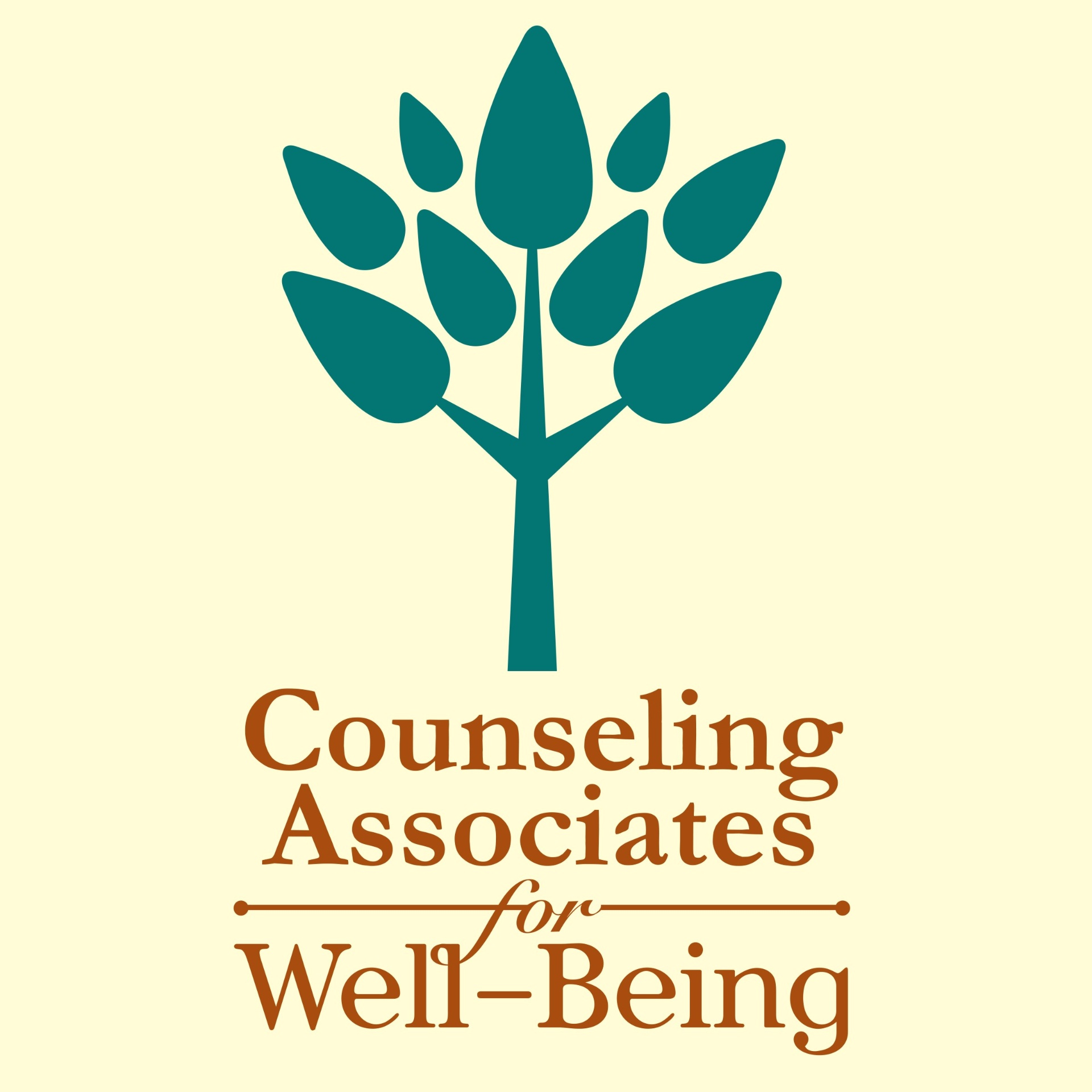When Independence Hurts: Navigating and Healing from Hyper Independence Trauma

Life’s journey weaves together a complex blend of relationships and traumas, shaping how we face the world. One such coping mechanism, hyper-independence, often emerges not from a place of strength but as a response to trauma. This article aims to unpack the intricate layers of hyper-independence trauma, exploring its roots and paths toward healing.
- Understanding Hyper Independence: Identifying it not as a mere personality trait but as a trauma response, driven by fear and a deep-seated aversion to vulnerability.
- The Causes Behind the Curtain: Delving into how childhood experiences, traumatic events, and abusive relationships contribute to the development of hyper-independence.
- The Impact on Relationships: Highlighting how this survival strategy affects personal connections, leading to challenges in forming deep, meaningful bonds.
- Navigating the Path to Healing: Offering hope through therapy and support, emphasizing the importance of rebuilding trust, embracing vulnerability, and finding balance between independence and interdependence.
- A Message of Hope and Recovery: Reassuring that, despite the ups and downs, healing from hyper-independence trauma is achievable, leading to stronger, healthier relationships and a more connected life.
Hyper-independence can hinder the formation of healthy, meaningful relationships and may contribute to mental health issues. Therapy offers a pathway to healing, enabling individuals to develop healthier coping strategies, rebuild trust, and embrace vulnerability.
Stay with us as we dive deeper into understanding and healing from hyper-independence trauma, offering insights and guidance for those on this path.

The Signs of Hyper-Independence Trauma
Navigating through life’s complexities, hyper-independence stands out as a shield against different forms of childhood trauma and previous experiences, but this shield often comes at a cost. Here’s a closer look at the telltale signs:
Emotional Distance and Isolation
A key sign is the self-built walls of emotional distance, a protective measure born from past traumas like abuse or neglect. This isn’t just about enjoying one’s own company; it’s about a deep-seated fear of letting others in, leading to a cycle of loneliness despite the facade of self-sufficiency.
Fear of Vulnerability and Reliance on Others
For those with hyper-independence trauma, the thought of showing vulnerability or depending on someone else sparks intense fear. Rooted in trust issues from traumatic experiences, this fear manifests in all types of relationships, making it hard to truly connect or share burdens with others.
Overwhelming Need for Control
Driven by a desire to never feel helpless again, as they might have felt during traumatic events, hyper-independent individuals often exhibit a compulsive need for control. This isn’t just about being organized; it’s a survival tactic to protect themselves from the unpredictable, even if it means pushing others away and facing stress and anxiety alone.
While this form of extreme independence might seem like strength, it often masks deeper issues like post-traumatic stress disorder or anxiety. Recognizing these common signs is the first step towards healing. Therapy options like Trauma-Informed Care, Trauma-focused CBT or EMDR can help address the roots of trauma, encouraging healthier coping mechanisms and a gradual rebuilding of trust.
Read about EMDR and Trauma.
The Causes Behind Hyper-Independence
Hyper-independence often stems from deep-seated experiences of childhood trauma, traumatic events, and abusive relationships. These experiences shape a belief that self-reliance is the only form of safety, profoundly affecting one’s ability to form healthy relationships and cope with stress.
Childhood Trauma: A Critical Influence
For many, the path to hyper-independence starts in childhood. Experiences of neglect, abuse, or caregiver inconsistency teach children that they can only depend on themselves. This survival strategy, necessary in youth, can become a rigid trait in adulthood, complicating personal and emotional connections.
The Echoes of Traumatic Events
Experiencing trauma, such as a natural disaster or significant loss, often reinforces the need for hyper-independence. These events can instill a deep fear and loss of control, pushing individuals further into believing that self-reliance is the safest path.
Abusive Relationships and Self-Reliance
Abusive relationships contribute to hyper-independence by creating distrust and a desire to regain control. The unpredictability and fear experienced in such relationships intensify the belief that relying on others is dangerous.
Moving Forward
Acknowledging the causes of hyper-independence is the first step towards healing. Therapy offers guidance and support as individuals learn to trust, connect, and embrace vulnerability, leading to a life enriched by meaningful relationships and emotional well-being.

The Impact of Hyper-Independence on Personal Relationships
Hyper-independence, while seemingly a fortress of strength, can cast long shadows over personal relationships. This self-reliance, born from trauma and a deep-seated fear of vulnerability, often complicates connections with loved ones, shaping dynamics in ways that can be both subtle and profound.
Strain on Romantic Relationships
In love, hyper-independence can create barriers. The fear of getting too close or relying on a partner can lead to misunderstandings and feelings of neglect. Partners might feel pushed away, misunderstanding a need for control as disinterest. Addressing these issues through therapy can help heal past wounds, paving the way for more open and balanced relationships.
Challenges in Friendships and Social Connections
Friendships can also suffer under the weight of hyper-independence. The pull towards emotional distance and isolation can leave friends feeling rejected, complicating efforts to maintain these important connections. Recognizing the underlying trauma and actively working through trust issues can help rebuild these bonds.
The Parent-Child Dynamic
For hyper-independent parents, the drive to instill self-reliance in their children might unintentionally foster emotional distance. Parents must confront their fears of vulnerability to nurture a more emotionally connected and supportive family environment.
Hyper-independence, while a survival tactic against trauma, can lead to a paradox of isolation in personal relationships. Through understanding, therapy, and effort, it’s possible to overcome these barriers, allowing for deeper, more meaningful connections.
Strategies for Navigating and Healing from Hyper-Independence Trauma
Healing from hyper-independence trauma is a brave journey towards embracing vulnerability and building stronger connections. Here’s a concise guide to help you along this path:
Recognizing the Need for Change
Understanding that hyper-independence might be a response to traumatic memories is crucial. It’s about seeing how this survival strategy affects your life and relationships and acknowledging the need for healthier coping mechanisms.
Seeking Professional Help
Embarking on therapy is a vital step. Working with a mental health professional can equip you with strategies to process and heal from trauma and position yourself on the path to healthy independence.
Building a Support Network
Surrounding yourself with trusted friends, family, or support groups can challenge the notion that needing others is a weakness. This network is a pillar of strength, offering emotional support and understanding.
Practicing Vulnerability
Starting small, share your thoughts and fears with those you trust. Vulnerability strengthens relationships and reduces the isolation that toxic independence brings. It’s a key to building trust and deepening connections.
Learn more about The Power of Vulnerability.
Healing is a gradual process that requires patience and courage. By recognizing the need for change, seeking help, building a supportive network, and practicing vulnerability, you can move towards a more connected and fulfilling life. Remember, asking for help is a strength, marking the beginning of a beautiful journey towards healing.

Navigating Together: How Counseling Associates for Well-Being Support Your Healing Process
At our therapy practice, we specialize in guiding individuals through the complexities of hyper-independence trauma, offering a sanctuary for healing, growth, and transformation. Our team of experienced therapists is deeply attuned to the nuances of trauma and its profound impact on life and relationships. We are committed to providing compassionate, personalized care that acknowledges each person’s unique journey through trauma to recovery.
How Therapy Can Help
Therapy offers insights into how past experiences shape current behaviors, helping you learn healthy coping mechanisms and build trust. It’s a supportive space to explore vulnerability and work towards healthy relationships.
Embracing Interdependence for a Healthier, Happier Life
Healing is about finding balance and enriching your life with strong, meaningful connections. Our practice supports you in embracing interdependence, guiding you towards a life filled with emotional resilience and a sense of belonging. If you’re ready to begin your journey, we’re here to support you every step of the way towards a happier, more connected life. Get in touch today!


